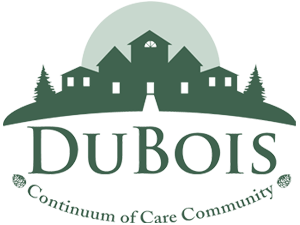Are the statements below FACT or FICTION?
1. The serving size listed on a Nutrition Facts label reflects the amount that a person should eat or drink. FACT or FICTION?
2. The human body relies mainly on protein to function. FACT or FICTION?
3. MyPlate serves as a guide for healthy meals. FACT or FICTION?
4. Eating the exact same foods every day is recommended for a healthy eating pattern. FACT or FICTION?
5. About 85% of our daily calories are needed to meet food group recommendations. FACT or FICTION?
6. All grains provide dietary fiber. FACT or FICTION?
7. Food safety is only a concern for foods if they are uncooked or raw. FACT or FICTION?
8. Activities like running, jumping rope, and playing hopscotch can help to strengthen bones. FACT or FICTION?
9. For most people, nutrients should come primarily from foods, not supplements. FACT or FICTION?
10. Sugar-sweetened beverages are a top source of added sugars for Americans. FACT or FICTION?
ANSWERS
1. The serving size listed on a Nutrition Facts label reflects how much people tend to consume. It's not a recommended serving size. FICTION
2. In addition to protein, the human body needs a regular supply of other nutrients including carbohydrates, fats, vitamins, minerals and water to support all of its functions. FICTION
3. MyPlate symbolizes each of the food groups and can be adapted to different food preferences and cuisines. FACT
4. It's better to eat a variety of healthy foods, including different colored vegetables and fruits, to get an assortment of nutrients we need for good health. FICTION
5. Most of our calories each day should come from nutrient-dense foods and drinks, which means they contain no or little amounts of added sugars, saturated fat, and sodium. FACT
6. Whole grains are a source of dietary fiber, whereas refined grains go through a process that removes it. Look for grains that list a whole grain as the first ingredient (or second after water). Foods that provide 10% or more of the Daily Value per serving are good sources of dietary fiber. FICTION
7. Food safety is important for both cooked and raw foods. Steps you can take to promote food safety include: hand washing, preventing cross-contamination between raw and cooked foods, cooking foods to an appropriate internal temperature, and storing foods properly. FICTION
8. These types of activities require bones to support our body weight, and this helps to strengthen them. FACT
9. Eating a variety of foods regularly from each group will help to meet nutrient needs. There are times when a dietary supplement may be needed, but it's best to discuss first with a health care provider like a registered dietitian nutritionist. FACT
10. Sodas and other sweetened drinks are a main source of added sugars. The Dietary Guidelines for Americans recommends choosing drinks with beneficial nutrients such as water, fat-free or low-fat milk, fortified soy milk, or 100% fruit juice. FACT
Sources: U.S. Food and Drug Administration. What's on the Nutrition Facts Label, MyPlate.gov and U.S. Department of Agriculture and U.S. Department of Health and Human Services. Dietary Guidelines for Americans, 2020-2025. 9th Edition. December 2020. Available at DietaryGuidelines.gov, and U.S. Department of Health and Human Services. Physical Activity Guidelines for Americans, 2nd edition. Washington, DC: U.S. Department of Health and Human Services; 2018. Available at https://health.gov/our-work/nutrition-physical-activity/physical-activity-guidelines.
Authored by Academy of Nutrition and Dietetics staff registered dietitian nutritionists.
©Academy of Nutrition and Dietetics. Reproduction of this tip sheet is permitted for educational purposes. Reproduction for sales purposes is not authorized.
When you subscribe to the blog, we will send you an e-mail when there are new updates on the site so you wouldn't miss them.

